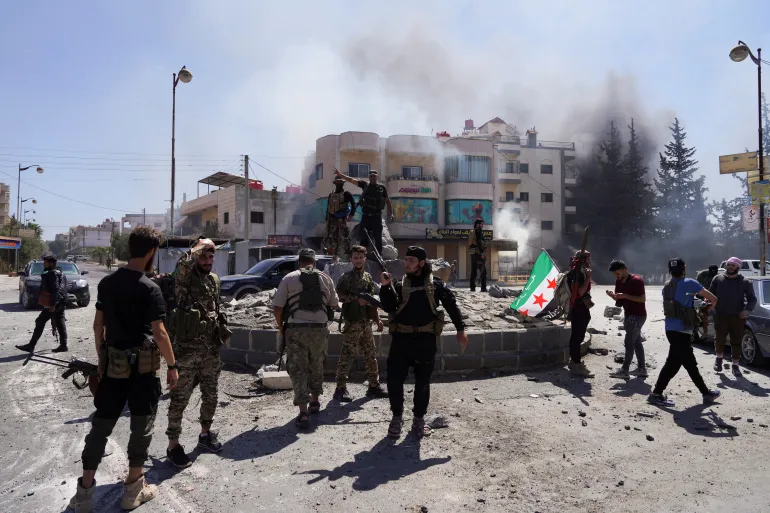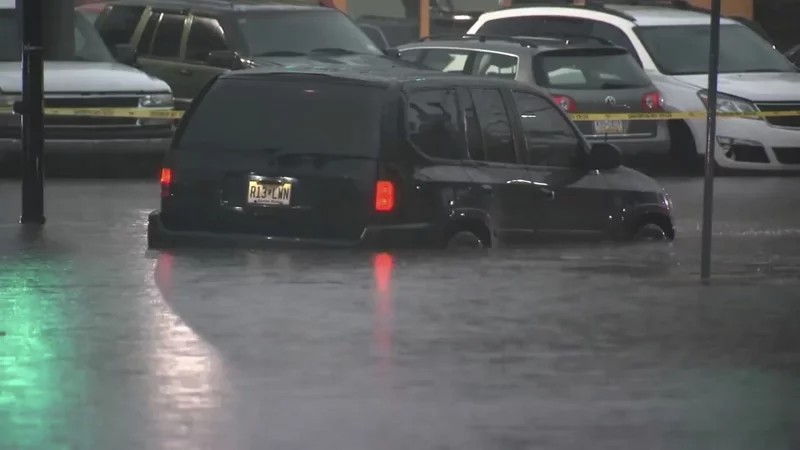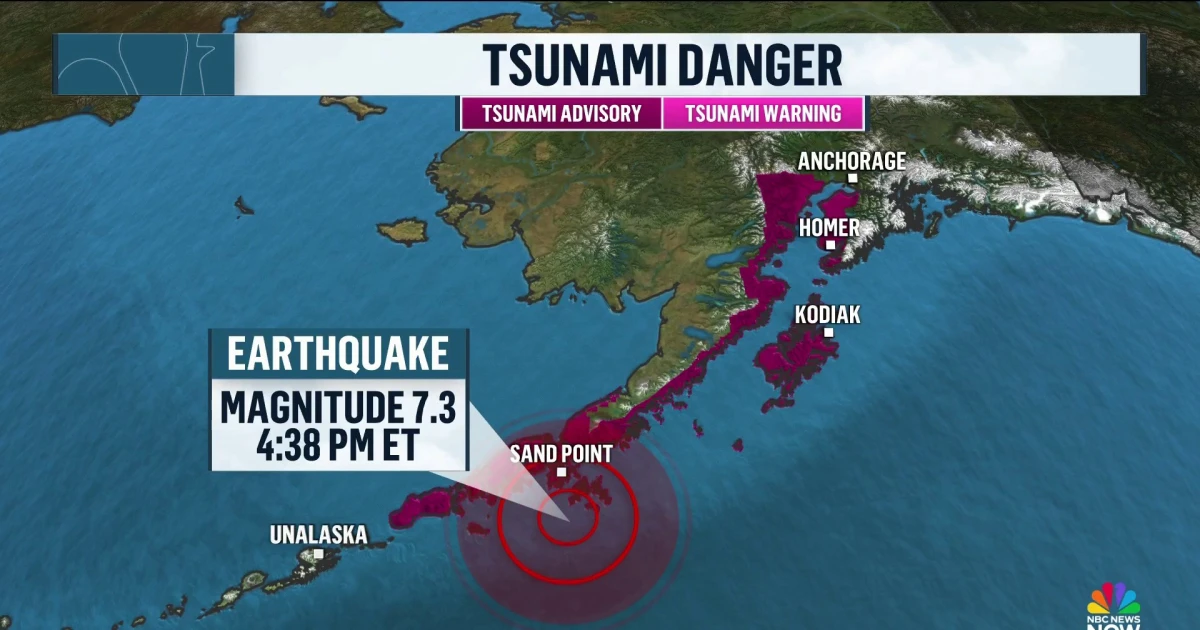This wasn’t just bad weather. What hit New York and New Jersey was a systemic stress test — and the system cracked. In the last 48 hours, flash flooding from an intense storm surge drowned key areas of New York City, overwhelmed the MTA, and submerged entire neighborhoods in North Plainfield NJ, Scotch Plains, and beyond.
What we just saw wasn’t a one-off. It was the new rhythm of Northeast climate — quick, overwhelming, and deeply unprepared for.
NYC Subway Flash Flooding: The Warning Was in the Rails
As rainfall reached up to 7 inches in some boroughs, the NYC subway system buckled under pressure.
Multiple lines flooded. Station stairwells turned into waterfalls.
For many, this echoed the chaos of past events — but with clearer signs that it’s no longer rare.
Searches for “nyc subway flooding today”, “nyc subway flood”, and “flooding in nyc” surged as commuters shared videos of waist-high water inside trains.
Despite some early alerts from the MTA, responses varied by borough — leading to pockets of preventable damage.
The phrase “new york city flooding” trended within hours.
North Plainfield NJ: The Flash Flooding Hit Hard
Just across the river, North Plainfield and nearby Scotch Plains NJ were caught in what locals now call “the flash.”
Fast-moving water swamped cars, basements, and roadways.
News 12 NJ documented emergency crews pulling residents from submerged homes. At least 16 water rescues were confirmed in Mount Joy, PA — a nearby town facing the same storm band.
From “nj flooding yesterday” to “new jersey floods” and “nj state of emergency 2025,” the region’s digital footprint made one thing clear: this wasn’t expected — and the response wasn’t fast enough.
What the Weather in New York Tells Us Now
If you searched “weather New York” this week, you weren’t just checking conditions. You were tracking survival.
The storm wasn’t classified as a hurricane. It didn’t come with a name.
But it left behind scenes that looked apocalyptic.
Flash flooding isn’t new to NY or NJ.
But it’s arriving faster, spreading wider, and repeating more often — especially in zones built long before climate resilience entered policy conversations.
The Underlying Pattern
- Infrastructural Fatigue — Subway systems, storm drains, and outdated zoning can’t keep up.
- Urban Vulnerability — Density amplifies impact. Water has nowhere to go, and it finds the lowest point — fast.
- Climate Acceleration — These storms aren’t once-a-decade. They’re now annual — or monthly.
So What Do We Take From This?
We don’t just need better weather alerts.
We need a full redesign of urban readiness — from the rails to the rooftops.
Flash flooding isn’t an anomaly.
It’s becoming a feature of life across NYC, NJ, and the entire Northeast corridor.
And unless local governments treat these surges as structural threats, not seasonal ones, we’ll keep drowning in the same cycle.
Today, it was subway tunnels. Tomorrow, it could be power grids. Or schools. Or hospitals.
This wasn’t just a flood.
It was the flash — a moment too fast for the systems meant to hold us.
#LexKnowa #Naow





